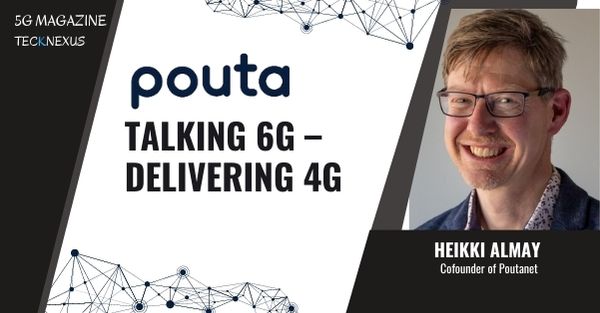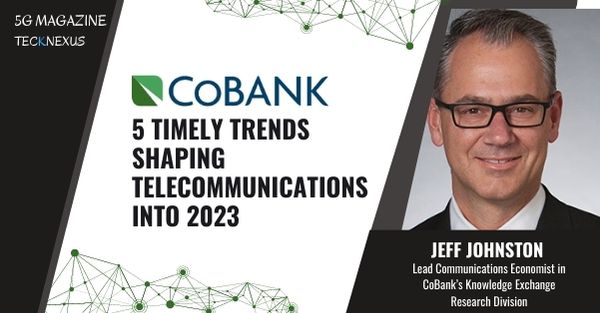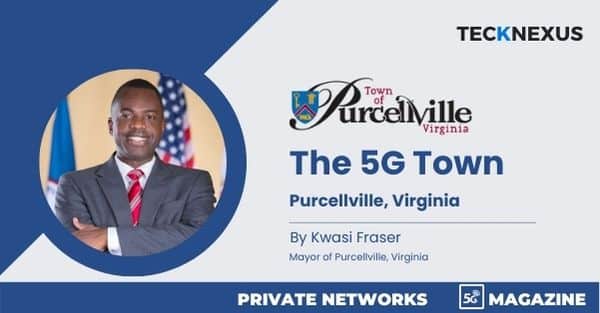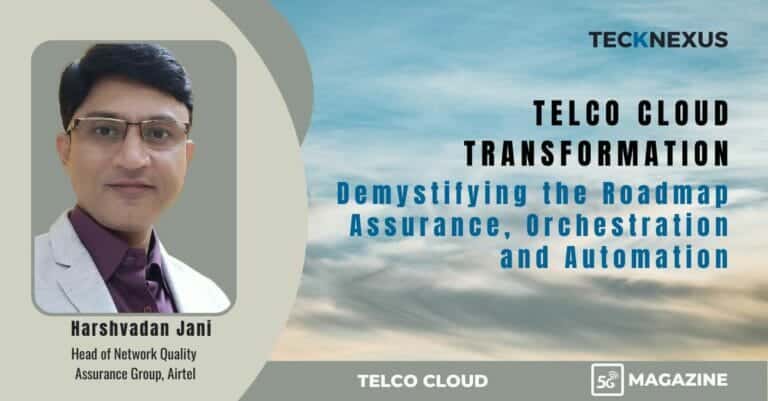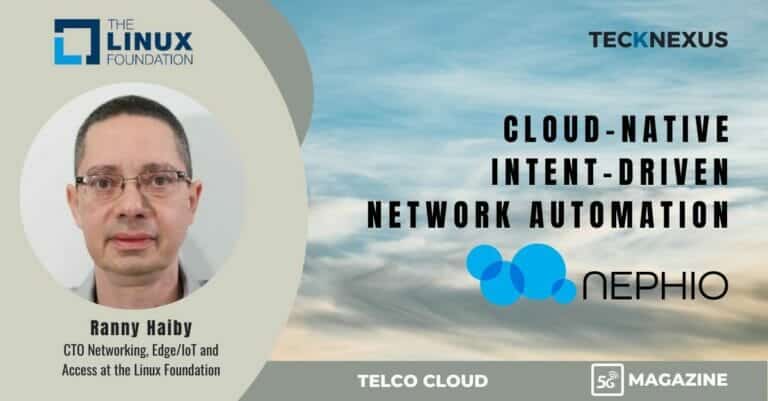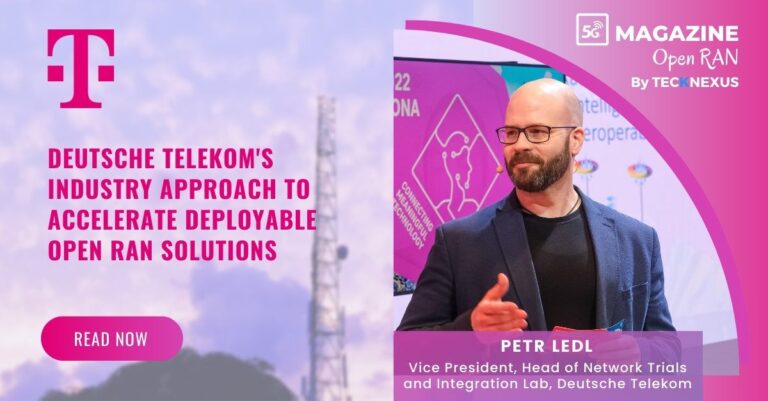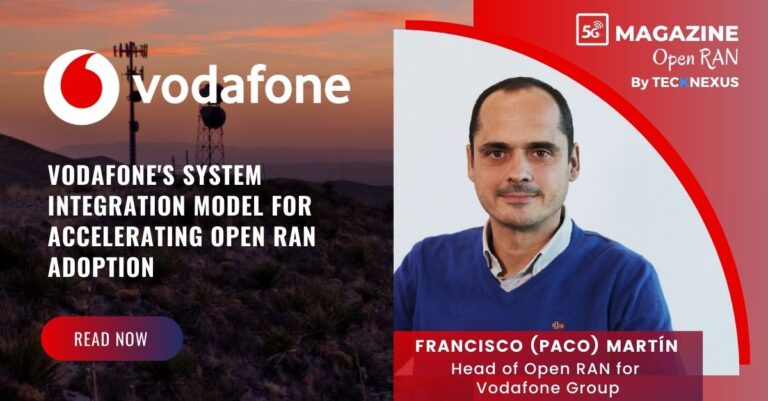The 5G rollout dominates corporate agendas, with all industries anticipating the innovation, new use cases, and business models that the connectivity revolution will drive. However, telecom operators worldwide feel the pressure to get their infrastructure ready for the new ‘5G era’ as soon as possible.
Time synchronization is a critical requirement for 5G. A lack of accurate time synchronization can be devastating for the operation of 5G leading to interference with other operator services and wider network and security problems. In a previous article, we explored the various approaches to 5G synchronization, the challenges and vulnerabilities that come with them, and why the new Precision TimeNet proposition can revolutionize how mobile operators can meet the stringent requirements for 5G synchronization and get ahead of the curve.
In this article, we will take a real-world example of one of Net Insight’s partners, Türk Telekom. We will discuss how we’re working together to develop an innovative solution that overcomes any hurdles associated with 5G synchronization. Our solution, Precision TimeNet, empowers telecom operators to harness the power of 5G without additional CAPEX and OPEX by bringing time synchronization to 5G RANs over existing transport network infrastructure.
The time synchronization challenges faced by a big telecoms operator
Türk Telekom is the first integrated telecommunication operator in Türkiye, with over 180 years of history. The company delivers a wide service network and product range in consumer and corporate services, unifying mobile, internet, landline, and TV products and services under the single ‘Türk Telekom’ brand. As of June this year, Türk Telekom operates 17.1 million fixed access lines, 14.6 million broadband, 24.6 million mobile, and 2.9 million TV subscribers across all 81 Turkish cities.
As part of the 5G/DSS rollout process Türk Telekom executed an extensive inspection of the existing network and identified a critical challenge. The recommended PTP synchronization standard for telecom profiles requires hardware and/or software upgrades to meet the high demands for 5G, and vendors solutions might not always be compatible with each other.
Türk Telekom experienced the impact of GPS/GNSS dependence and how it can cause 5G services to be affected. In addition, the cost and complexity of rolling out and operating a large-scale nationwide PTP network are significant. As a result, the operator decided that its 5G network must be independent of GPS or other GNSS solutions. Türk Telekom opted for the potential to reduce cost and accelerate national 5G rollouts with the Time Transfer solution.
The operator teamed up with Net Insight to combine expertise in 5G and time synchronization and jointly develop Precision TimeNet, an overlay time synchronization solution. Precision TimeNet enables mobile operators to distribute time over an existing underlying IP network without being forced to do costly forklift upgrades for enabling PTP, while meeting increasing regulatory requirements on GNSS independence.
Partnering to drive innovation
Net Insight has a long history of delivering proven synchronization solutions to the media industry, which has had strict reliability and time synchronization requirements for single-frequency digital TV networks. The further development of Time Transfer resulted in Precision TimeNet (PTN), with built-in mechanisms to distribute time across existing networks.
Precision TimeNet is an overlay synchronization technique combining cutting-edge technology, decades of proven expertise, and robust hardware ready for rapid field deployment within any 4G/4.5G/DSS/5G and emerging 6G networks. Türk Telekom has performed extensive network trials and PTN is now used in live 5G operation in existing IP/MPLS and DWDM networks. The Precision TimeNet solution is set up as an overlay network solution enabling the distribution of time in Türk Telekom’s network architecture.
The sync information is transported within standard VPN connections between Precision Time Nodes and without utilizing any PTP support in intermediary nodes. This results in significant cost savings as intermediary nodes within MPLS and DWDM do not require upgrades. The PTN solution is designed to work alongside any routing stack and requires no changes to the existing network design, thus preventing vendor lock-in to ensure flexible and rapid deployment. In addition, the overlay PTN also provides operational advantages. Previous costly and large-scale PTP hardware upgrades are no longer necessary for Türk Telekom.
In Türk Telekom’s case, the overlay solution has not only solved the criticality of functional and reliable synchronization but also secured operational efficiency through extensive synchronization telemetry, visualization, and data-driven troubleshooting and optimization.
Therefore, Türk Telekom can continually improve its networks in a better and more operatively reliable way. In addition, Türk Telekom is future-proofed as it is now well prepared to meet existing and future synchronization requirements, imposed, for instance, by new 5G RAN features such as Carrier Aggregation (CA), Fronthaul (FH) and Massive MIMO, while being flexible in choosing technology and vendors in future network extensions. In addition, the PTN solution is fully interoperable with and complements existing GNSS and PTP market alternatives.
Demonstrating success
Türk Telekom is currently in the phase of rolling out the PTN network and is now operational in all Turkish regions. Measurements with live 5G radio have been performed and the results have proven the capabilities of the overlay solution of accurately distributing time across Türk Telekom’s national network.
The cooperation between Türk Telekom and Net Insight creates great possibilities to utilize extensive experiences from the fixed and mobile networks covering all of Türkiye in the development of the synchronization solution. Being the first operator to use this technology, Türk Telekom has the advantage of early evaluation and feedback from an actual large nationwide synchronization network. Both Türk Telekom and Net Insight have the intention to share their experiences in international standardization.
This innovative technology will be able to be leveraged beyond telecom by other sectors such as energy and finance while providing time information with much more precision than the actual current needs of 5G, independent of GPS and cost-effectively.
As we’re entering the 5G era, leveraging innovation to remove critical challenges like time synchronization has both economic and social impact.
5G is transforming markets, industries, and ultimately lives – leveling the playing field for more operators to jump on the 5G innovation speed train will open up more opportunities for everyone.



